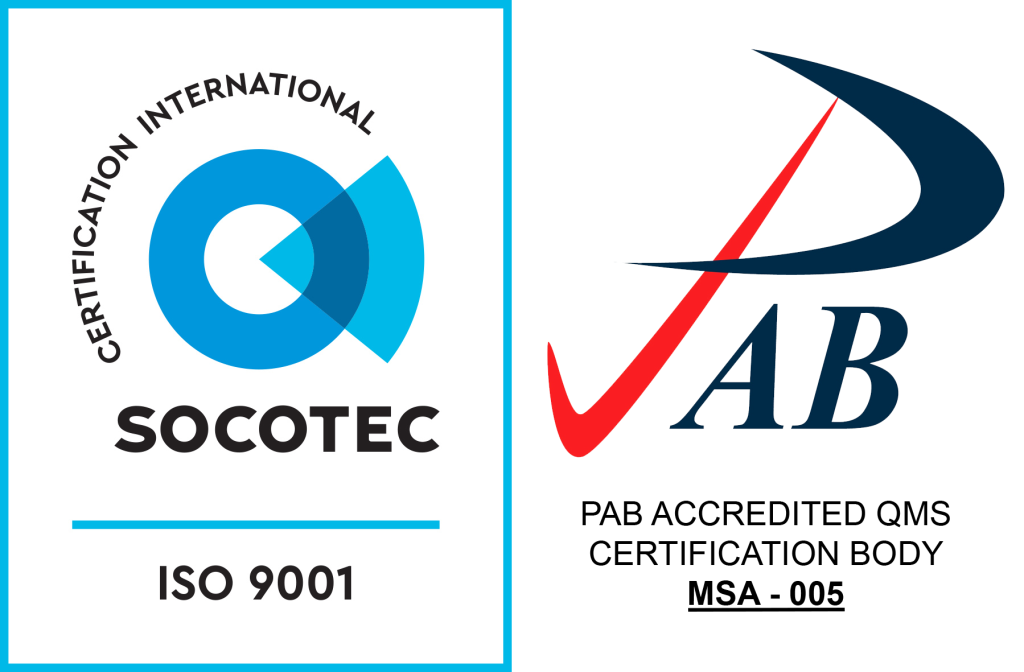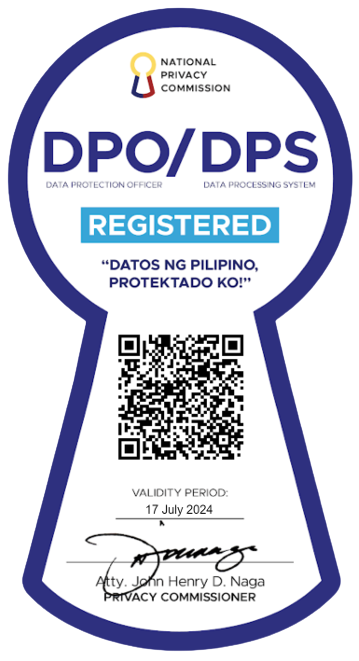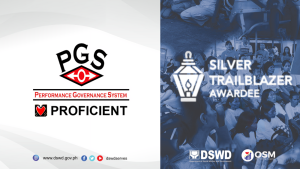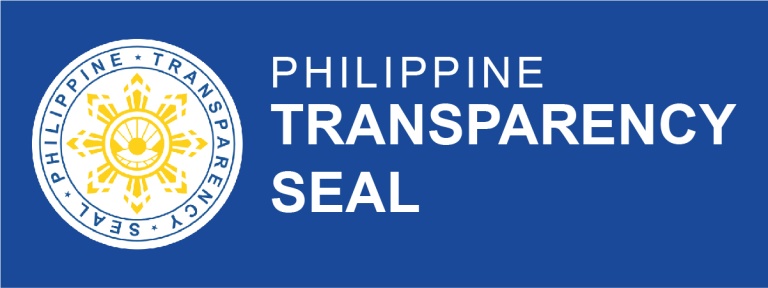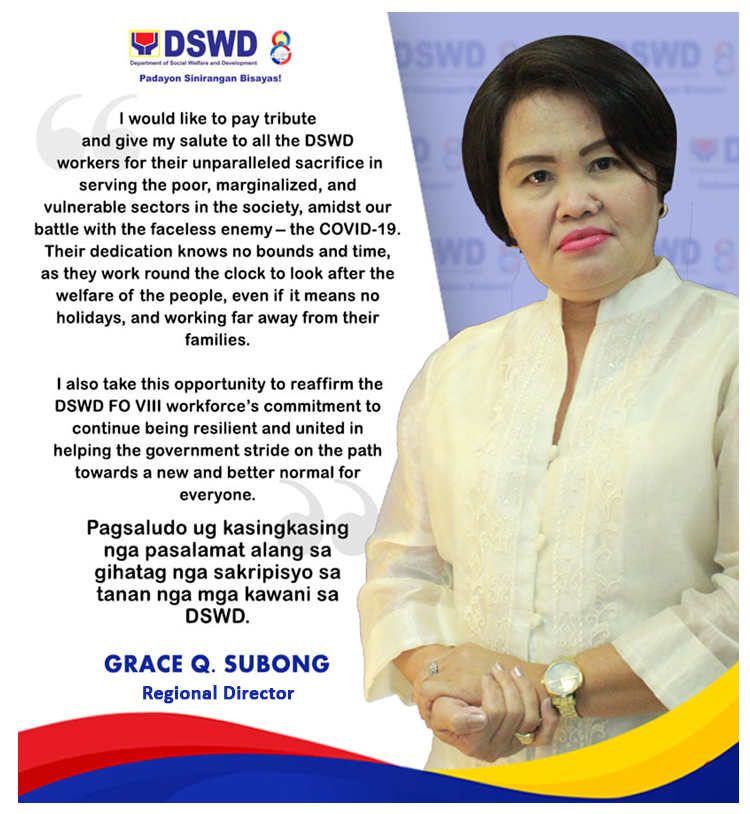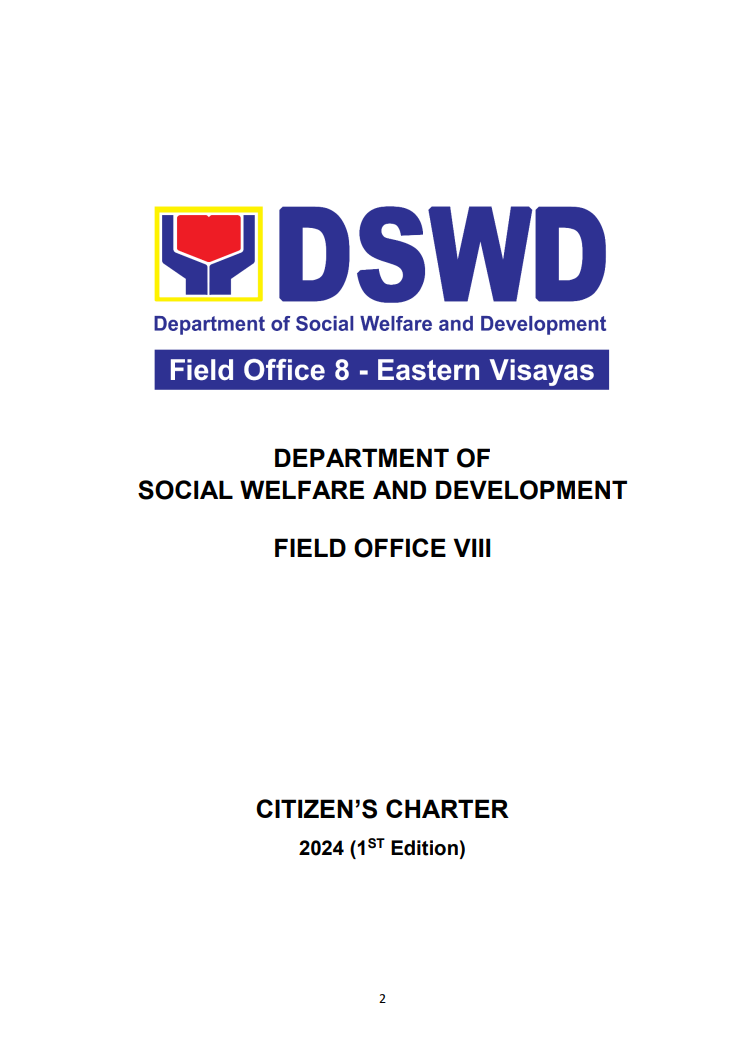Tacloban City, Leyte – Department of Social Welfare and Development (DSWD) Secretary Corazon Juliano-Soliman emphasized the importance of getting communities involved in disaster relief and recovery operations as being one of the key lessons learned in the aftermath of Typhoon Yolanda.
She stated that citizen-state partnership is critical in ensuring the success of disaster relief, recovery, and risk reduction, saying, “Hindi natin kakayanin ang recovery at response kung wala ang mamamayan (We will not be able to execute recovery and response if the citizens are not involved).”
This was the message of Sec. Soliman during the Municipal Mayors’ Forum on Local Government Unit (LGU) Coordinated and Community-driven Post-disaster Rehabilitation and Development yesterday.
The activity served as a consultation meeting among the DSWD, the Department of the Interior and Local Government (DILG), and the municipal mayors as part of the preparatory work for the National Community-Driven Development Program (NCDDP).
Enhancements
The NCDDP is the scaling up of the operations of Kapit-Bisig Laban sa Kahirapan-Comprehensive and Integrated Delivery of Social Services (Kalahi-CIDSS), one of the three main poverty alleviation programs of the DSWD, alongside the Pantawid Pamilyang Pilipino Program and the Sustainable Livelihood Program (SLP).
Kalahi-CIDSS uses the community-driven development (CDD) strategy to empower citizens through various trainings and activities to capacitate them to identify and solve community concerns that affect their local poverty situation.
NCDDP scales up the operations and coverage of Kalahi-CIDSS, targeting 847 municipalities in 58 provinces of 14 regions across the country. Certain enhancements will be made on its systems and processes.
One of these changes is the inclusion of disaster risk reduction and management (DRRM) in the program’s design. It specifically targets Yolanda-affected municipalities within NCDDP-covered provinces, given the devastation brought by the typhoon.
According to Alex Glova, NCDDP Deputy National Program Manager for Operations, the CDD processes of NCDDP will be providing an alternative for communities and LGUs in Yolanda-affected areas to conduct their disaster recovery and rehabilitation efforts.
He said, “We are offering the community-driven development experience, which we started 10 years ago, as an option for development and disaster response to be applied at the local level,” referring to the decade-long implementation of Kalahi-CIDSS.
Another program enhancement is in terms of the targeting of areas and funds allocation under the NCDDP.
As Sec. Soliman said when she addressed the LCEs, “Those who took part in Kalahi-CIDSS know that the funds were based on the number of barangays. We have improved the targeting in NCDDP. We will now be basing it on the number of poor people in the municipality.”
This enhancement, according to Sec. Soliman, was made so as to make the program more responsive to the needs of the poor.
Tighter engagement
The biggest change in the NCDDP, however, is the tighter engagement with the other national government agencies.
“Hindi lamang kami ang kumikilos. Kasama na ang iba’t-ibang ahensiya, kasama ang lokal na pamahalaan, at siyempre ang mamamayan (We will not be the only ones to act here. The other agencies will be involved, the local governments will be involved, and of course, the citizens),” the Secretary said.
Christopher Gonzales and Pelagio Tecson, mayors of the municipalities of Guiuan and Tanauan, respectively, agreed with Sec. Soliman’s call for tighter partnership between the government and citizens.
Tecson emphasized the need to empower the barangay officials and the citizens in the process of disaster relief and recovery.
He said, “You need to make them feel they are part of the solution.”
Tecson also encouraged LGUs to avoid having a victim mentality, saying, “Our constituents look to us as a source of hope… [Rehabilitation] is within our control.”
Tanauan and Guiuan are two of the areas hit hardest by ‘Yolanda’ in Eastern Visayas.
Quality projects
Sec. Soliman also took the opportunity to credit the quality of the community infrastructure projects constructed through Kalahi-CIDSS.
She commended the durability of Kalahi-CIDSS sub-projects in the Eastern Visayas region, stating that 1,095 of these infrastructures were not damaged, versus 21 that were completely damaged and 296 that were partially damaged due to ‘Yolanda’.
She said, “This proves that if you follow the standards of the Project, hindi po madaling masira iyan(the sub-projects will not be prone to breaking down easily).”###

